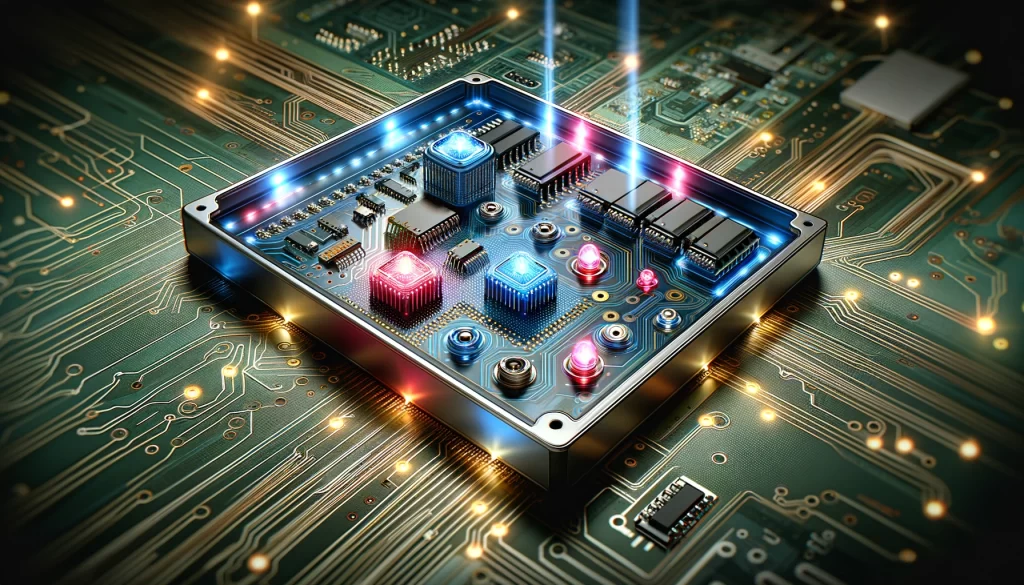Introduction
Membrane switches, known for their durability and versatility, are widely used in various industries. However, their longevity can be significantly impacted by environmental factors. Understanding these influences is crucial for choosing the right switch for your application and ensuring its long-term functionality. This blog post explores the key environmental factors that affect the lifespan of membrane switches.
Key Environmental Factors
1. Temperature Extremes:
- Extreme heat or cold can affect the materials used in membrane switches, leading to degradation over time.
- Mitigation: Using materials designed for thermal stability can help withstand these conditions.
2. Moisture and Humidity:
- Exposure to moisture can lead to short circuits or corrosion of components.
- Mitigation: Waterproof or moisture-resistant designs and coatings can protect against moisture-related damage.
3. UV Exposure:
- Ultraviolet light can cause fading and weaken the materials used in membrane switches.
- Mitigation: UV-resistant materials and coatings can prolong the life of the switch.
4. Chemical Exposure:
- Certain chemicals can react with the materials in membrane switches, causing corrosion or deterioration.
- Mitigation: Chemical-resistant materials should be used in environments prone to chemical exposure.
5. Mechanical Stress:
- Repeated use or harsh handling can wear down the switch components.
- Mitigation: Designing switches with durable materials and robust construction can reduce wear from mechanical stress.
6. Dust and Debris:
- Accumulation of dust and debris can impede switch functionality.
- Mitigation: Regular cleaning and using sealed designs can help maintain functionality in dusty environments.
Importance of Proper Selection and Maintenance
- Choosing the right membrane switch considering these environmental factors is essential.
- Regular maintenance and inspections can help identify and mitigate the effects of these environmental factors on membrane switches.
Conclusion
The longevity of membrane switches is heavily influenced by environmental factors such as temperature, moisture, UV exposure, chemicals, mechanical stress, and dust. By understanding these factors and taking proactive measures in switch selection and maintenance, the lifespan of membrane switches can be significantly extended, ensuring reliable performance in various conditions.




